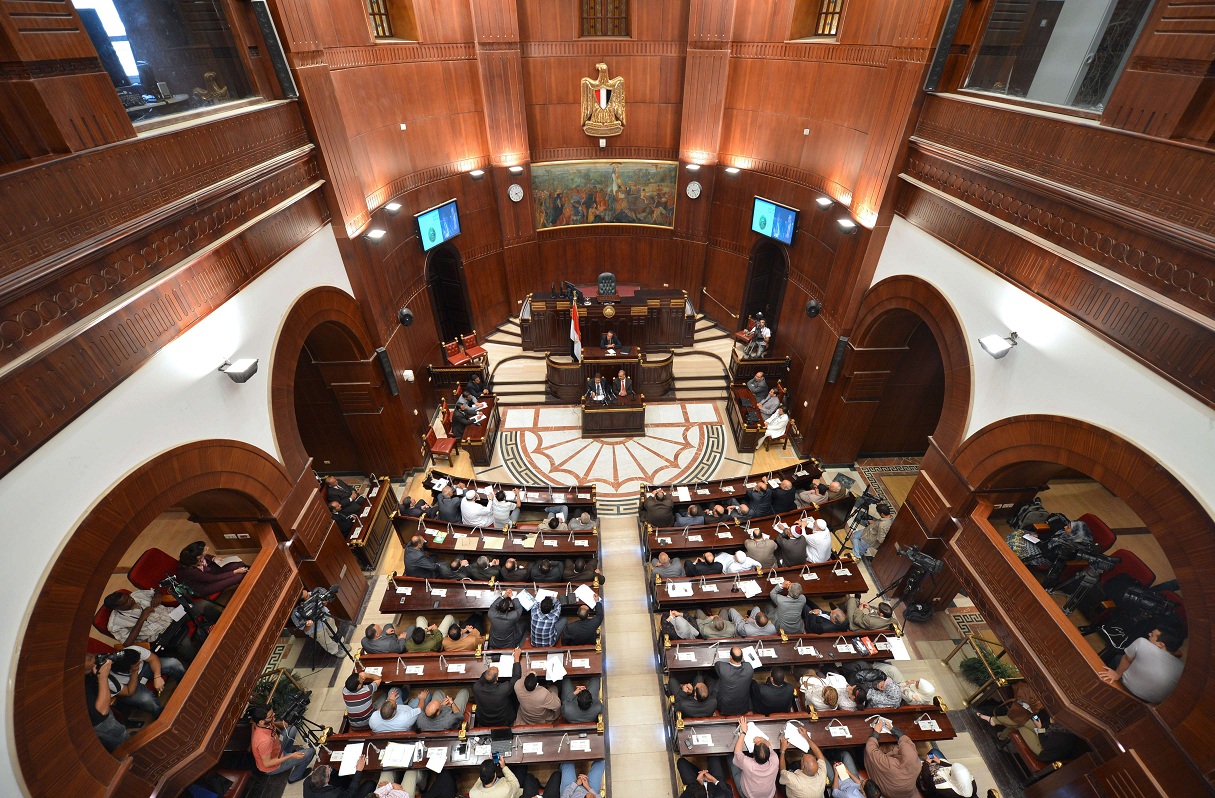Moody’s Investors Service announced on Sunday that Egypt’s first movable collateral registry, which was launched by the Financial Regulatory Authority last Sunday, is credit positive for Egyptian banks.
The newly launched collateral registry will inform banks’ credit decisions and improve their ability to secure movable collateral, such as a borrowers’ machinery, inventory, patents, and crops, among other assets.
According to Moody’s, the registry will assist banks in reducing their credit risk, especially for loans to small and medium enterprises (SMEs), and smaller and less-established SMEs in particular, whose movable assets are often the main or only collateral available to a lender. The registry will allow banks to check whether pledges of movable assets are already pledged elsewhere and will allow banks to establish the priority of creditors against third parties, bringing down their credit risk.
Furthermore, Egypt’s SME sector wields a significant contribution to the country’s economy, as it accounts for around 80% of GDP and 75% of employment, according to the Egyptian Banking Institute. SMEs employing fewer than 10 workers comprise 97% of all businesses, according to state-run statistics body Central Agency for Public Mobilisation and Statistics.
However, according to a World Bank enterprise survey, one of the business community’s chief complaints is a lack of access to credit.
Moody’s statement indicates that SMEs’ relative lack of financial transparency and their more vulnerable franchises, versus well-established corporations, make the SME loan sector a higher risk for banks and has been an obstacle for SMEs in accessing financing.
Consequently, to resolve such issues, the government in 2016 launched an initiative to increase SMEs’
access to finance, and the Central Bank of Egypt (CBE) instituted a requirement to increase lending to the SME sector to 20% of total loans by 2020.
Since then, banks have been rapidly growing their SME loan books. Data tracking loans to SMEs are not available, but public officials and bank officers have offered anecdotal evidence of SME loan growth.
Moreover, to complement their own resources, banks have increased their efforts to source funding earmarked for SME loans from development agencies such as the China Development Bank, the European Investment Bank, and the European Bank for Reconstruction and Development (EBRD).
According to Moody’s calculations, during 2016 and 2017, Egypt’s banks sourced around $560m from the EBRD alone, up from $320m in 2014-15.
The statement concludes with Moody’s estimate that the country’s largest bank, the National Bank of Egypt, has the largest allocation of SME loans, which accounted for around 10% of gross loans as of December 2017, according to credit rating service’s estimates, and aims to more than double its SME book to EGP 72bn by June 2020 to satisfy the CBE’s requirement.




